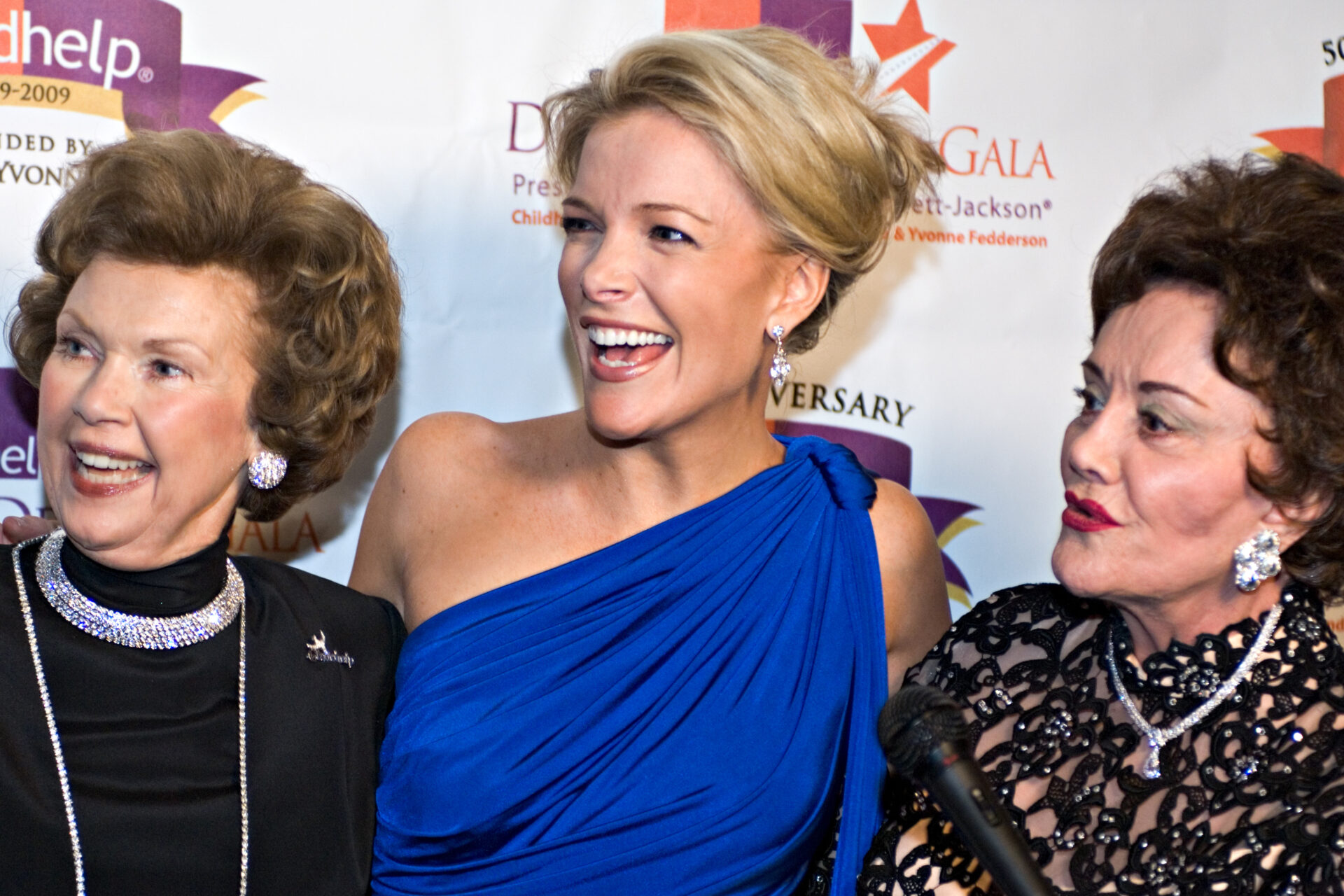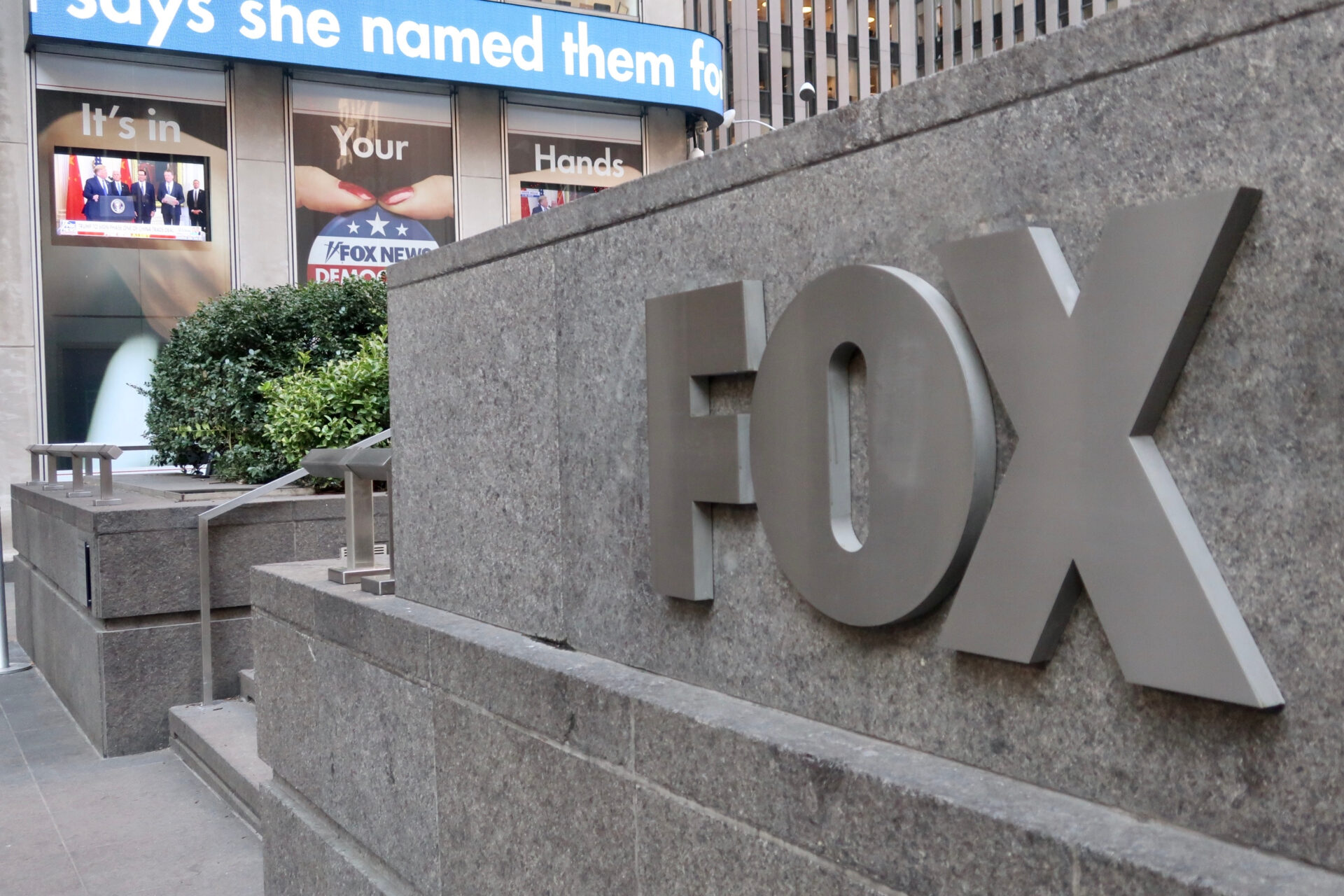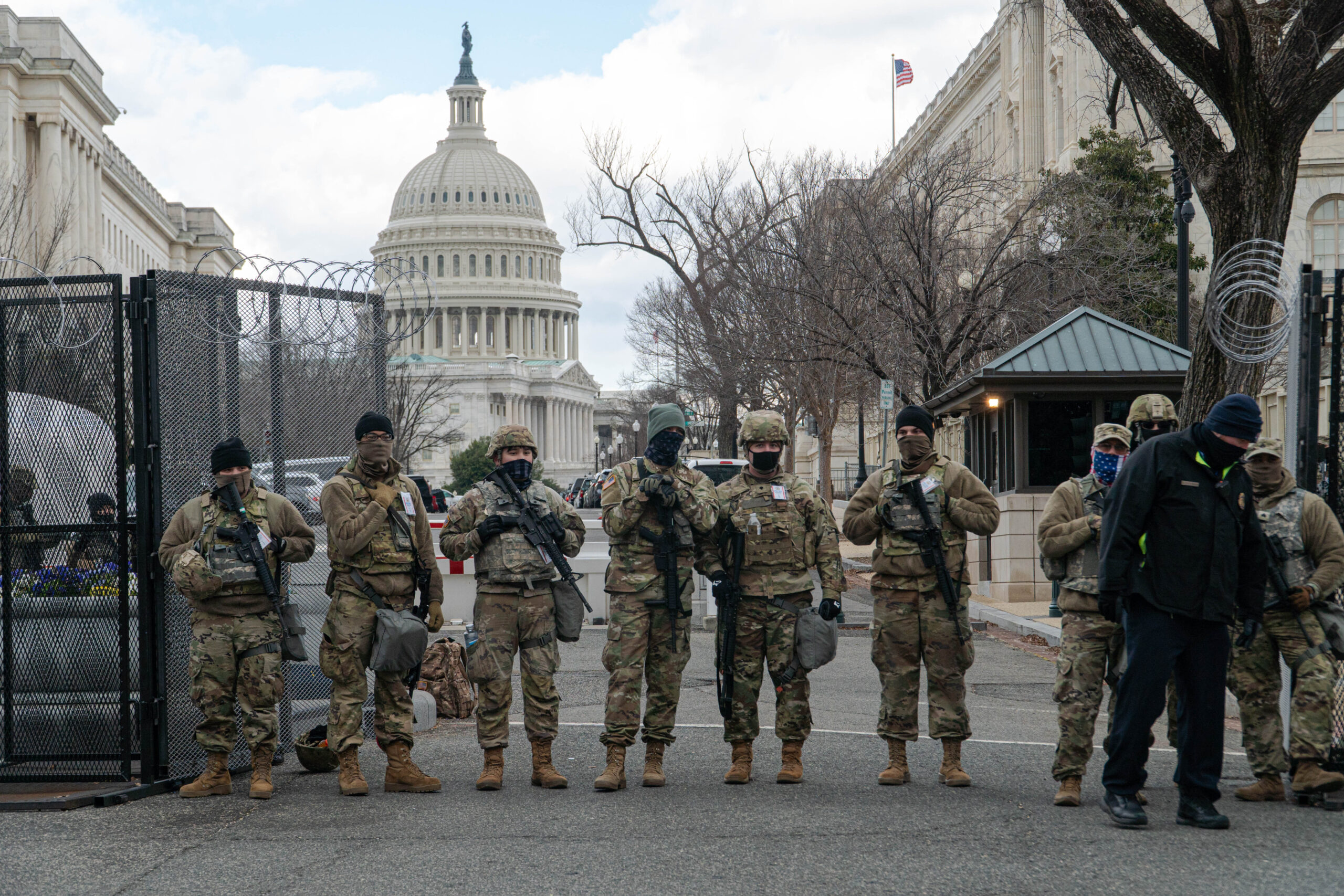
Movie Earns RARE 0% From Rotten Tomatoes!
A 2025 screenlife adaptation of The War of the Worlds, starring Ice Cube and released on Amazon Prime Video, has been widely derided as one of the worst films of the decade, with critics and audiences citing illogical plotting, weak effects, and dull office-bound storytelling.
At a Glance
- Released July 30, 2025 on Prime Video after sitting unreleased for five years
- Directed by Rich Lee, starring Ice Cube, Eva Longoria, and Clark Gregg
- Criticized for relying on screen-based storytelling set in a Homeland Security office
- Notable for cheap CGI, awkward dialogue, and absurd plot elements like a drone-delivered thumb drive across DC
- Garnered a rare and damning 0% rating on Rotten Tomatoes
The Screenlife Misfire
Filmed under COVID restrictions in 2020, the adaptation unfolds almost entirely through Zoom calls, computer screens, and surveillance interfaces—an attempt to modernize H.G. Wells’ classic for the digital age. However, critics unanimously criticized the approach, noting “cheap special effects,” “ham-fisted dialogue,” and “illogical storytelling” that transformed what was meant to be visceral sci-fi thrills into mundane office scenes. A standout absurdity: a drone delivering a thumb drive across Washington, D.C. to save the day—awkwardly emblematic of the film’s tone.
Watch now: War of the Worlds – WORST MOVIE of 2025!? – Angry Movie Review · YouTube
The screenlife concept has succeeded in other productions, but here, its execution left viewers detached from the supposed alien invasion, reducing suspense to static images and endless dialogue exchanges in drab digital backdrops. The choice to confine the story to a Homeland Security monitoring room ultimately stripped the adaptation of both pace and spectacle.
Critical and Public Fury
The backlash intensified with its rare 0% Rotten Tomatoes score—an indicator of universal critical revulsion that many audience members affirmed via social media. The film has been characterized by some as “a baffling, logic-defying disaster” that “should have remained unreleased,” even as it paradoxically reached top positions in Prime Video’s streaming charts due to viewer curiosity.
Despite the overwhelming negativity, a handful of viewers described it as “so bad it’s good,” likening its campy, ’90s FMV-style aesthetic to a guilty-pleasure experience. Streaming data suggests that morbid curiosity may have driven its high viewership, echoing past cases where notoriety boosted engagement despite poor critical reception.
Industry Impact and Takeaways
The War of the Worlds release offers a cautionary example for studios banking on long-shelved projects. Amazon acquired the rights years before the pandemic but released the film largely unchanged, suggesting minimal post-production adjustments to address evident shortcomings. Industry observers note that the project’s limitations—budgetary constraints, lockdown filming conditions, and outdated effects—were compounded by creative decisions that failed to leverage the format’s strengths.
While unlikely to influence future adaptations of H.G. Wells’ work directly, the film’s reception underscores the risk of leaning too heavily on experimental formats without ensuring narrative cohesion. In the streaming era, even the worst-reviewed productions can capture global attention—though not necessarily for reasons their creators intended.
Sources
New York Post
The Guardian
Cinemablend


